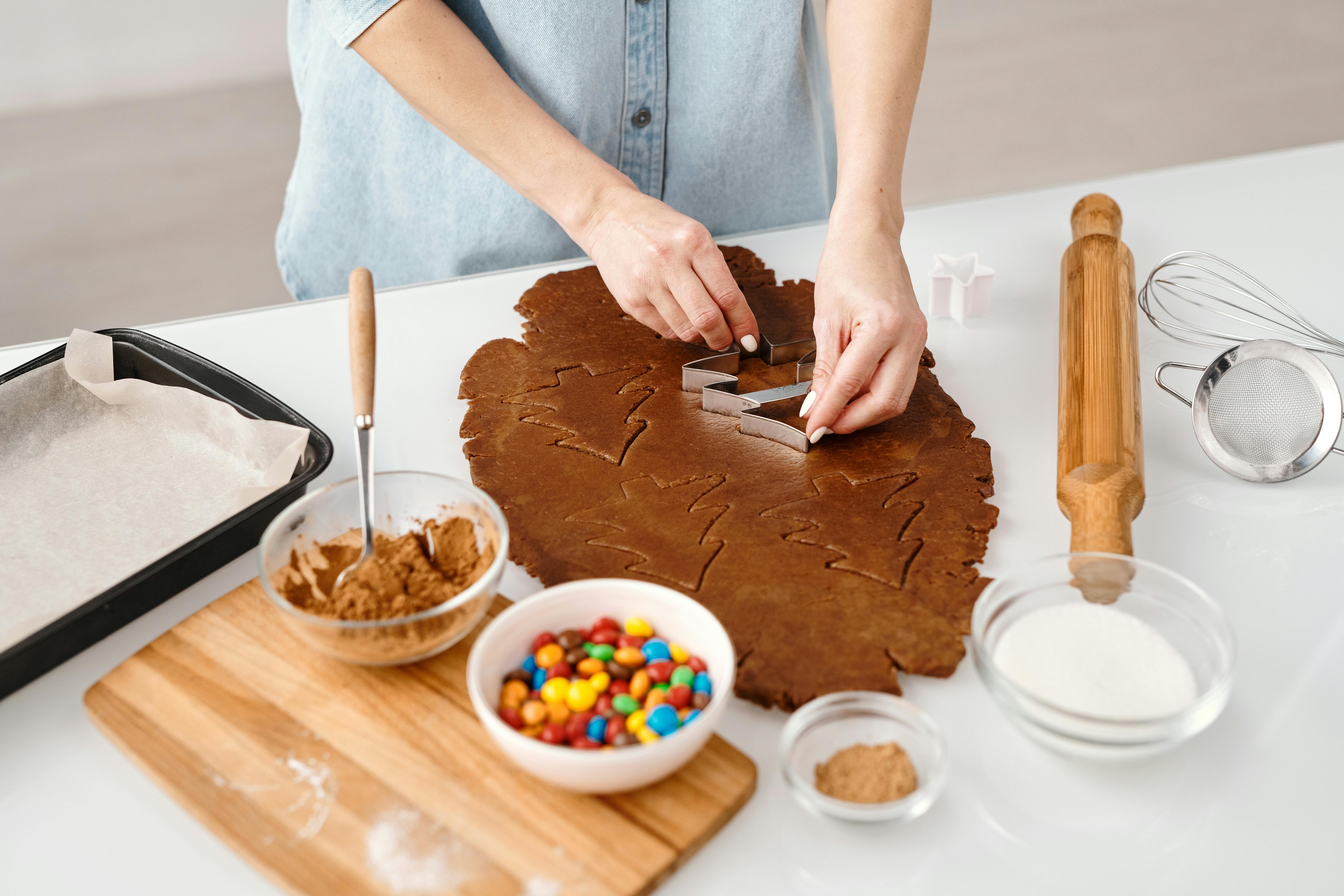
Art, gender and domination in Middlemarch and "my last duchess"
George Eliot’s Middlemarch and Robert Browning’s “My Last Duchess” are two Victorian-era plays that delve into the world of bad relationships. (In case you’re wondering why they’re both so long.) Interestingly, both literary works also draw heavily on descriptions of paintings and sculptures to explore a biased dynamic between men and women. This technique of using one art form to portray a second art form (for example, painting a statue or writing on a photo) is what senior scholars call “ekphrasis,” which comes from the ancient Greek for “art on the action”. -Art.” Remember that 130-line description of the carvings on Achilles’ shield in The Iliad? Yeah baby, that’s the stuff.
Most of the ekphrasis used in Middlemarch involves our outstanding young heroine, Dorothea Brooke, who is constantly described in terms of portraiture and sculpture. These artistic comparisons are usually made by the novel’s male characters, who, torn between her extreme piety and her dark beauty, can’t seem to decide whether she is more like a painting of a nun or a statue of a goddess. In her attempts to understand Dorothea, these men repeatedly reduce her to a variety of inanimate and, *ahem*, purely visual art forms. Fortunately, the dashing Will Ladislaw finally steps in to criticize these “representations of women” for failing to convey any real depth. So what does all this have to do with gender power struggles? By symbolically aligning men’s perceptions of Dorothea with objects that can only be looked at, Middlemarch implicitly brings the concept of “male gaze” into the mix. And according to feminist theory, the male gaze is inherently demeaning because it relegates women to the status of objects. (Objects like paintings and statues? Hello!)
Of course, the truth is that everyone uses the gaze to reduce other people to neat little bundles, not just the men of Middlemarch. In fact, we are virtually incapable of reserving our snap judgments about the strangers we pass by, a phenomenon the fashion industry couldn’t be more grateful for. (Black frames with no lenses, a cardigan, and jeans that look like they need to be surgically removed at the end of the day? Hipster. Baggy clothes, a baseball cap, and a jewel-encrusted platinum grill? Gangster. third hand, a stained shirt and maybe not the cleanest hair? Tramp. Or college student). comfortable in the face of the unknown and, at worst, a mechanism for exerting control over another person.
Which brings us to “My Last Duchess,” a creepy poem that tells a dramatic monologue about a painting. (Ecphrasis squared?) The poem’s narrator, whom we cleverly deduce to be a duke, begins by describing a portrait of his (probably murdered) ex-wife, which he always hides behind a curtain. (Very normal, very healthy.) He enthusiastically brings up the fact that she’s happy and flushed, explaining that she can tell by the faces of people who are always dying to ask about it. (Smile in a portrait? What madness is this!) The narrator becomes increasingly obsessed with how she used to look whenever a “spot of joy” spread across her face. Critically, she continues, “She had/a heart, how shall I put it? She, she too soon she was glad,” insisting that her perpetually cheerful disposition was merely evidence of her lax morals. (Yes, we already hate her.) Quite clearly, by projecting his own neurosis onto a hapless wife, the Duke chooses to interpret everything he sees as subversion. And what better reason to get into a staring battle than the fact that his wife “liked what she looked at/She looked at, and her looks went everywhere.” (Eyes out, tootz!) Finally, the narrator admits that, in order to put an end to this insufferable and inexplicable smile, he issued some kind of “commands”, causing all the smiles to stop. (He probably could have told one of his stories). He now keeps his image hidden under a piece of cloth. The meaning? Ultimate control: only the duke can decide who can look at her and when the image of her can look back.
Did I mention that all of this happens during what is supposed to be a discussion about his upcoming marriage? (You’re a charlatan, you!) Don’t worry though; the duke promises that, although he expects a hefty dowry from his future father-in-law, his lovely daughter is his only true “target.” (Hopefully this doesn’t involve a taxidermist.)